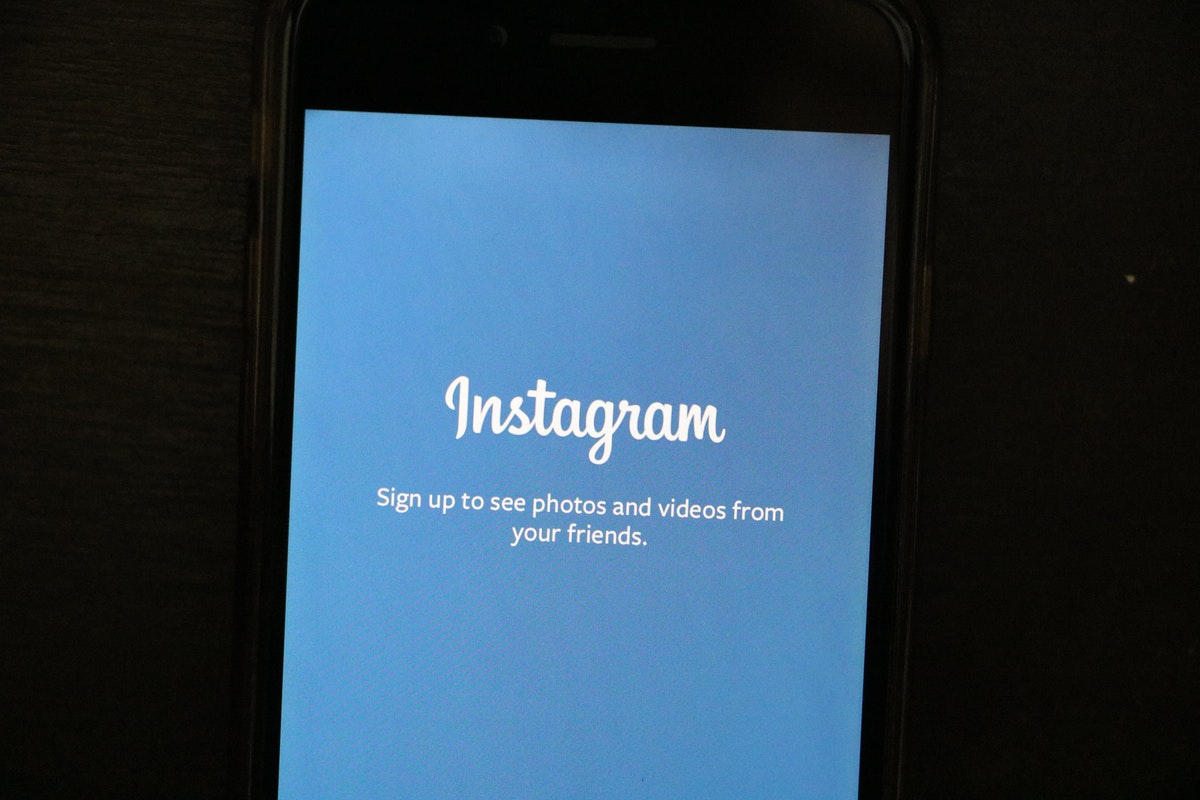Today, automation tools are widely used in businesses and organizations across the globe. Automation tools can help streamline several business processes, making it easier for businesses to save time, money, and effort. They help companies to complete repetitive tasks more efficiently without human intervention. Automation tools can also help improve the quality of work by eliminating errors.
There are several processes for which businesses require the help of automation tools. One of those processes is lead generation, but it takes a considerable amount of time, especially with methods like cold calling. However, LinkedIn automation tools can help businesses automate the entire lead generation process.

This helps in getting quality results at a faster pace. In addition, lead generation tools also decrease costs and reduce downtime. Finally, they help businesses identify and get in touch with the most interested customers.
These tools have become more popular recently as businesses strive to maximize their leads and sales opportunities. They help businesses automate a range of activities such as lead capturing, nurturing, and follow-ups. This increases the chances of businesses generating quality leads and closing more sales.
Thus, lead generation is one of the necessary steps in any business. Many different automation tools are available to help businesses get the best results. So, finding the right one that will suit your business is important. Here is the list of some of the best LinkedIn automation tools to help your business climb up the stairs to success.
Best LinkedIn Automation Tools
Lead generation is a time-consuming activity. Therefore, using automation tools can be a smart decision. These tools make the process efficient and effective, allowing businesses to generate leads quickly. LinkedIn tools manage all monotonous tasks and allow you to focus on other important activities– nurturing connections, forming strong interpersonal bonds with them etc. Many different LinkedIn automation tools are available in the marketplace, so choosing the one that best fits your needs is crucial.
The best LinkedIn automation tools can help businesses:
- Target specific audiences
- Keep track of their interactions with potential customers
- B2B lead generation
- Reporting and analytics
LinkedIn automation can help you update your LinkedIn profile, manage contacts, and collect data. Effectively managing LinkedIn comments and engaging with connections can also be facilitated by leveraging automation tools, streamlining the process of fostering valuable professional relationships. As a result, the automation tools are useful to make your LinkedIn profile appealing. One can also create and send customized messages to potential customers using advanced automation tools. Thus, with these tools, businesses can connect with their future customers in a shorter time, leading to more sales and revenue.
Dripify
Dripify is a LinkedIn automation platform focused more on lead generation and optimization. With the help of Dripify`s LinkedIn scraper feature, you can extract emails from LinkedIn connections to CSV files in just a few clicks. But one thing for which Dripfy is mostly used is for generating leads and selling products on autopilot.
Since its launch Dripify in 2019, it has been on the top amongst all the other LinkedIn lead generation tools. It provides impressive streamlining of all the processes for lead generation, content optimization, or business development. Dripify is a cloud-based tool that won’t be easily tacked down to LinkedIn. It helps business owners increase their website traffic, sales, and credibility.
The sign-up form feature of Dripify is quite helpful while creating new leads. This feature lets the business gather data on the potential customer without any hindrance. Furthermore, Dripify lets you add the form to your website without making lots of alterations. Usually, with automatic lead tools, one is only confined to lead generation, but Dripify is an all-in-one tool that provides multiple functions.
Tracking the website visitors and segmentation of subscribers, there are plenty of activities that one can perform with Dripify.
Octopus CRM
Octopus CRM is a customer relationship management software that helps businesses manage customer interactions and data. As a LinkedIn lead generation tool, it enables users to track customer interactions across different channels, including email, phone, social media, and chat. The software also provides users with customer insights and analytics to help them better understand their customers’ needs and preferences. Additionally, the software allows businesses to create and send out marketing campaigns and track the results of those campaigns.
Octopus CRM allows users to do the following activities:
- Managing customer data,
- Tracking sales pipeline, and
- Forecasting your sales
Its interface is simple and intuitive, so you can start using Octopus CRM immediately. In addition, the software helps send computerized connection invitations on LinkedIn, message many first-level Linkedin connections in mass, and visit many profiles simultaneously. Moreover, it has numerous customization options, so you can configure it to meet all your business needs. Octopus CRM is an excellent tool for businesses that want to improve their customer relations and marketing efforts. And best of all, it’s affordable and easy to use.
Skylead
Skylead is a tool that helps you find the right leads on LinkedIn and get in touch with them quickly and easily. Among the best LinkedIn automation tools, Skylead helps users to send 500+ invites to connect with potential leads with one click. It also helps to get the email addresses and phone numbers of potential leads. In addition, you can also incorporate hyper-customized GIFs and high-quality images into your email outreaches and increase the chances of getting replies from potential customers.
Skylead is a sales engagement platform that searches for potential leads on LinkedIn and exports the results into a CSV file. It helps save profiles of potential leads, track email conversations with leads, and create custom lead lists. Skylead is an easy-to-use automation tool that helps focus more on closing the deals using the smart sequences. You can track everything easily in a matter of minutes through the dashboard and analyze the campaign results.
What is LinkedIn Automation?
Finding the right leads on LinkedIn can be stressful and time-consuming; that’s where automation comes in. LinkedIn automation is when you use a computer program to help manage your LinkedIn account. It automates some or all of your LinkedIn activities using LinkedIn automation software, which includes automating your account set-up, finding and connecting with new prospects, sending automated messages, and more. Several different tools are available, each with its strengths and weaknesses. So, doing your research before selecting a tool is important, as not all of them are created equal. However, LinkedIn automation can save you time and help you connect with more prospects. It’s a great way to grow your business using the power of LinkedIn.
What are LinkedIn Automation Tools?
LinkedIn automation tools are becoming increasingly popular as professionals try to find ways to manage their LinkedIn accounts more efficiently. These tools help you identify and connect with potential customers hundreds of times. They can also automate some of the mundane tasks on LinkedIn, such as sending connection requests or following up with contacts. As a result, the LinkedIn automation platform can be a great way to boost the online presence of your venture. In addition, you can have free time to focus on more important tasks by automating routine tasks.
These tools allow users to –
- Easily streamline their LinkedIn activity
- Save time by automating tasks like sending connection requests and messages
- Generate reports
Some tools allow you to automate tasks like sending connection requests and messages. Others can help you manage your LinkedIn profile or find new leads.
Is LinkedIn Automation Illegal?
LinkedIn automation includes sending out connection requests, messages, and updates. While this may be convenient, some believe LinkedIn automation is unlawful. The main concern with LinkedIn automation is that it can be seen as spamming. Using automatic lead generation tools to send out messages or invitations on your behalf may be seen as spam. Some people believe using LinkedIn automation is illegal because it’s unfair to the people who are doing all of this work themselves.
On the other hand, some individuals consider LinkedIn automation legal because, for them, it’s just another way to use technology to perform specific tasks. However, LinkedIn has not made any statements about the legality of LinkedIn automation, so it is difficult to say whether or not it is illegal. If you are concerned regarding the potential consequences of using automation tools, it is suggested to use these tools in moderation. You should avoid using tools to perform each and every activity on LinkedIn.
Rather than going with the browser-based tools, you can choose cloud-based tools which cannot be easily tracked by LinkedIn. In fact, the above-mentioned LinkedIn lead generation tool abides by all the rules and regulations outlined by LinkedIn itself.
Conclusion
LinkedIn automation is a great way to improve overall productivity and efficiency. Some advanced tools offer several features to help manage your account even when you are sleeping. If you are considering using LinkedIn automation, you should check to see if a LinkedIn tool is legal in your country. In addition, you should know about the risks involved in automating your account, including the possibility of being banned from LinkedIn. Finally, try out the best LinkedIn bot and different automation tools to find the ones that work best for you.







